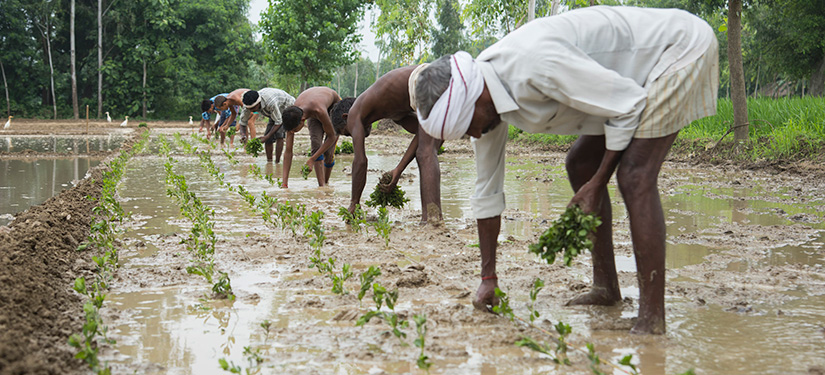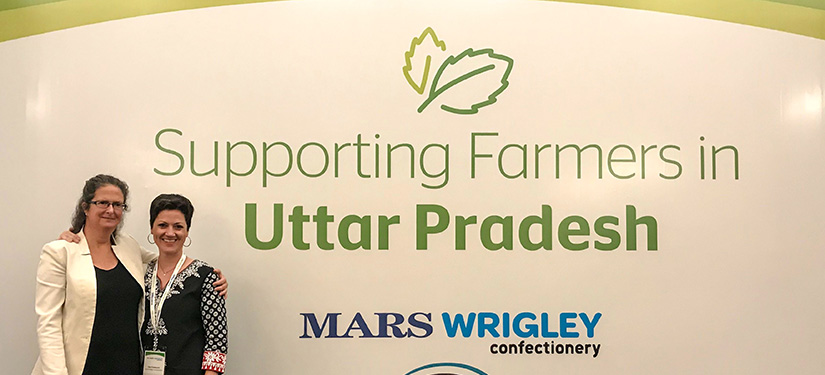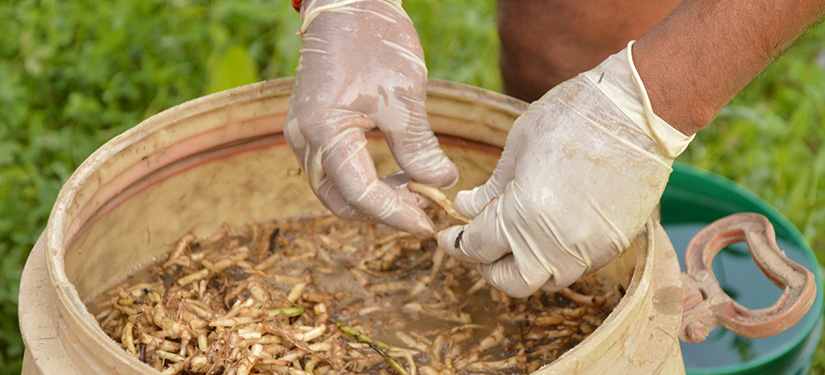
Improving Mint Crops in India
Mint oil and natural menthol show up in our chewing gum, desserts, toothpaste, pharmaceuticals, and countless products worldwide. In India, mint is the livelihood of many smallholder farmers. India produces 80 percent of the world’s mint supply, which is grown by more than 750,000 smallholder farmers.
But mint yields are declining in India, putting these farmers and their communities at risk. In India’s Uttar Pradesh state, Tanager is partnering with Mars Wrigley Confectionery, the producer of well-known products like Extra chewing gum and Altoids mints, to help farmers improve their mint crops.
Through the Shubh Mint initiative, part of Mars Wrigley Confectionery’s AdvanceMint program, Tanager is training mint farmers in good agricultural practices. Tanager President Ana Bilik spoke about the partnership at the Shubh Mint launch event in Lucknow, India, this November.

Tanager President Ana Bilik speaks at Shubh Mint Launch Event
“Tanager and Mars Wrigley Confectionery have enjoyed an active and close collaboration throughout the years. I’m so glad to be here today to introduce Shubh Mint,” Bilik said.
During our first-year testing period, Tanager (operating then as ASI) trained 2,645 mint farmers across 68 villages. Tanager gave farmers better access to planting materials and supported their communities through women’s empowerment programs. Farmers received pest and disease-resistant mint root stock to plant and conducted soil testing to determine proper fertilizer use. A year later, these farmers have increased their mint yields by an average of 68 percent.
Over the life of the initiative, Shubh Mint aims to reach 22,000 farmers in Barabunki and Lucknow, including facilitating female farmers’ groups, where women can connect, learn, and access financial services.
Through the partnership, India’s mint farmers will gain sustainable and reliable earnings, making them and their communities more resilient to future economic or environmental stresses.


